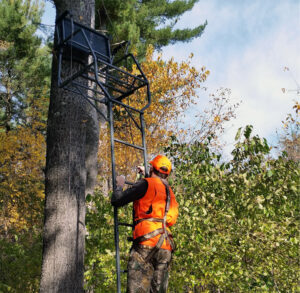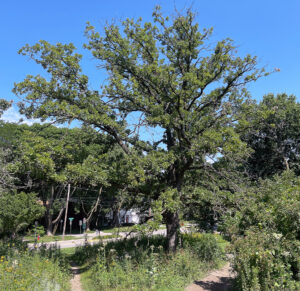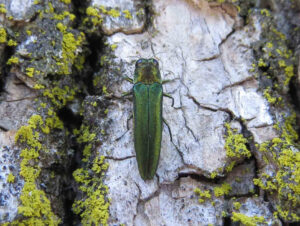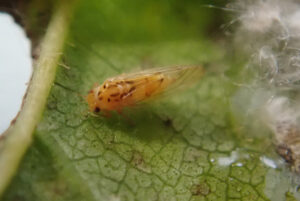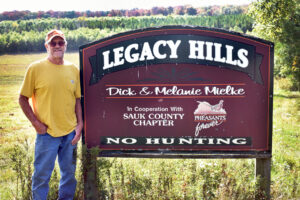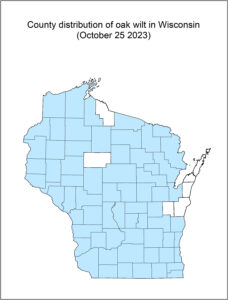
With the addition of Ashland County, oak wilt has now been detected in 66 of Wisconsin’s 72 counties. / Map Credit: Wisconsin DNR.
By Paul Cigan, DNR Forest Health Specialist, Hayward
Paul.Cigan@wisconsin.gov or 715-416-4920
Oak wilt, a deadly disease of oaks, has been found for the first time in Ashland County.
The Wisconsin Department of Natural Resources (DNR) confirmed the find in wood samples from a red oak tree in the town of Gordon.
“There is always risk of oak wilt spread into new and relatively uninfested areas in northern Wisconsin, such as Ashland County, so it’s always best to practice oak wilt prevention wherever possible to significantly reduce that risk,” said Paul Cigan, a DNR forest health specialist based in Hayward.

